Closing Deals Based on the GAP: A Winning Situation
In the dynamic world of real estate, achieving a win-win situation for buyers and their agents can be challenging. The Paris Paradigm model introduces an innovative approach to negotiations with the GAP (General Fixes, Adjustments, and Provisions) strategy. This method aims to ensure that all parties involved in a transaction are satisfied by addressing key areas that can influence the final deal.
Understanding the GAP
GAP stands for General Fixes or Repairs, Adjustments, and Provisions. It is the result of these three critical components, which are designed to maximize value and minimize costs for both buyers during the negotiation process. Here’s how each component contributes to closing deals effectively:
- General Fixes or Repairs
One of the primary aspects of the GAP strategy involves identifying and addressing necessary repairs or fixes within the property. The NEGOTIATOR™ plays a crucial role in this process by inspecting the property and pinpointing any defects or maintenance issues that need attention. For instance:
– Roof Repairs: If the NEGOTIATOR™ identifies a defect such as a $10,000 roof repair, they will negotiate either a price reduction or a repair agreement/allowance. This ensures that the buyer is not burdened with unexpected repair costs after the purchase.
These repairs are agreed upon by both the buyer and seller, with clear determination of the responsible party for paying or fixing the issues under Repair Allowances. This process ensures transparency and fairness, reducing potential conflicts post-sale.
- Adjustments
Adjustments refer to price reductions that are negotiated by the NEGOTIATOR™ based on their market knowledge and expertise. This component addresses situations where the property may be overvalued or where certain elements can be leveraged to benefit the buyer. Examples include:
- Market Valuation: If the property is priced higher than comparable homes in the area, the NEGOTIATOR™ will use this information to negotiate a lower price.
- Leverage Points: Any elements that can be used to negotiate a better price for the buyer, such as recent market trends, nearby property sales, or specific property conditions.
By leveraging these adjustments, the NEGOTIATOR™ ensures that the buyer gets the best possible deal, reflecting true market value and ensuring fairness.
- Provisions
Provisions involve negotiated financial arrangements or concessions that enhance the buyer’s purchasing power or reduce their out-of-pocket expenses. These can be derived from the seller’s contribution or adjustments in the listing agent’s commission. Some of key examples include:
- Closing Cost Credits: Contributions from the seller to cover some of the buyer’s disclosed closing costs, making the purchase more affordable.
- Home Warranty Coverage: A warranty paid by the seller that covers repairs and replacements of major home systems and appliances for a specified period after the transaction, providing peace of mind to the buyer.
- Commission Rebates: Portions of the listing agent’s commission rebated to the buyer (where permitted by state law), often to offset purchasing costs.
- Property Tax Adjustments: Payments made by the seller to cover prorated property taxes, ensuring the buyer isn’t responsible for taxes accrued before ownership transfer.
- Seller Concessions: Agreed-upon amounts from the seller to cover specific buyer expenses such as loan points, appraisal fees, or home inspection fees, reducing the buyer’s upfront costs.
The Winning Outcome
The Paris Paradigm model is focused Exclusively on the Buyer Representation, But By incorporating the Inverse Commission™ structure into real estate negotiations, it ensures that buyers achieve a favorable outcome. Buyers benefit from reduced costs, added financial protections, and the assurance that necessary repairs or concessions are addressed.
Closing based on the GAP fosters a transparent, fair, and efficient negotiation process. This approach not only enhances the overall transaction experience but also builds trust and confidence in the real estate market, creating a winning situation for Buyers.
In summary, closing deals through Inverse Commission™ structure and based on the GAP within the Paris Paradigm model ensures that transactions are smooth, transparent, and beneficial for buyers. By addressing general fixes, making necessary adjustments, and negotiating provisions, this approach creates a balanced and equitable real estate experience.
